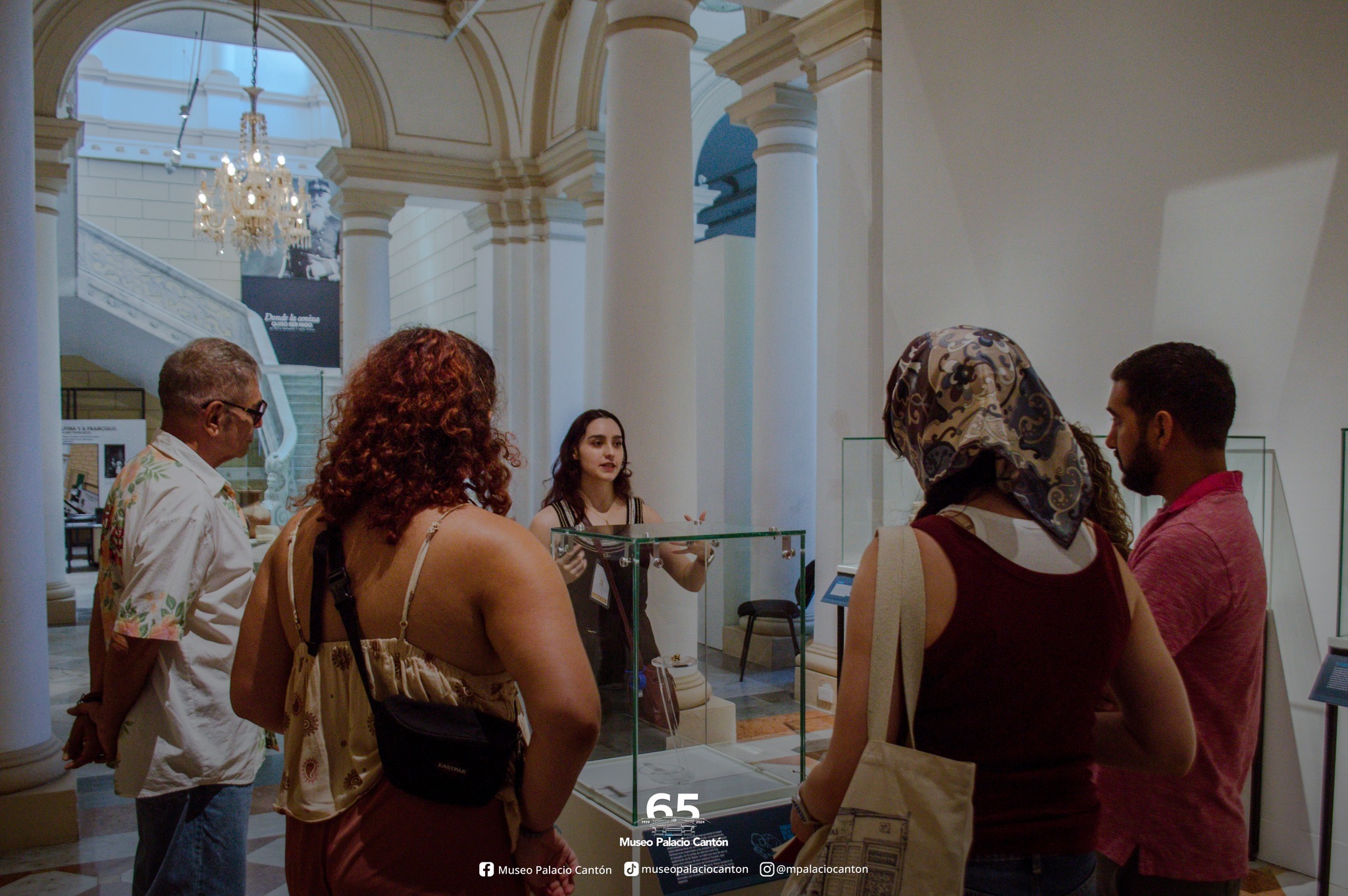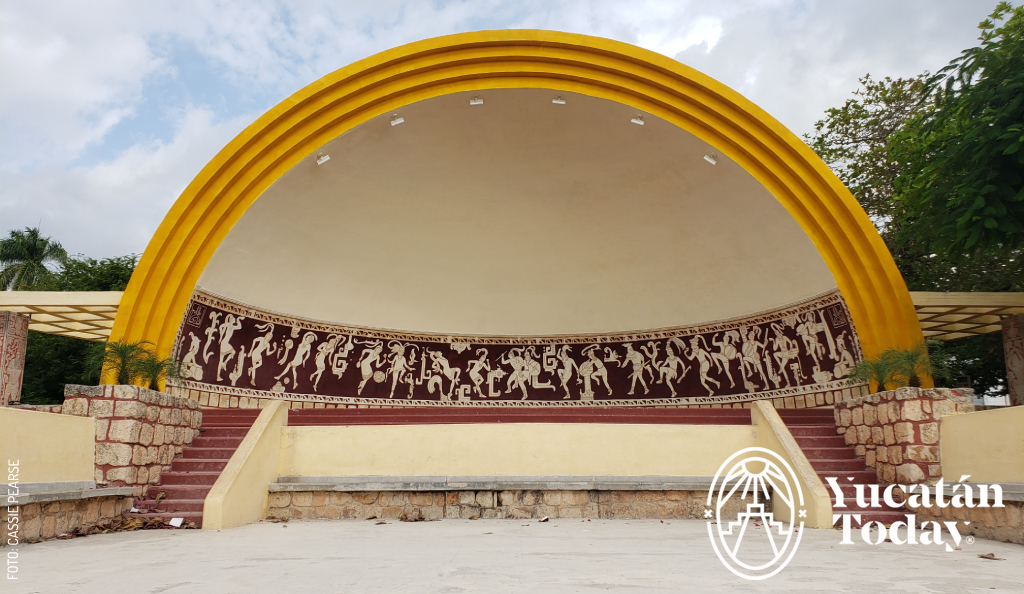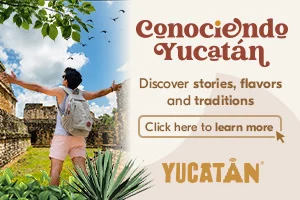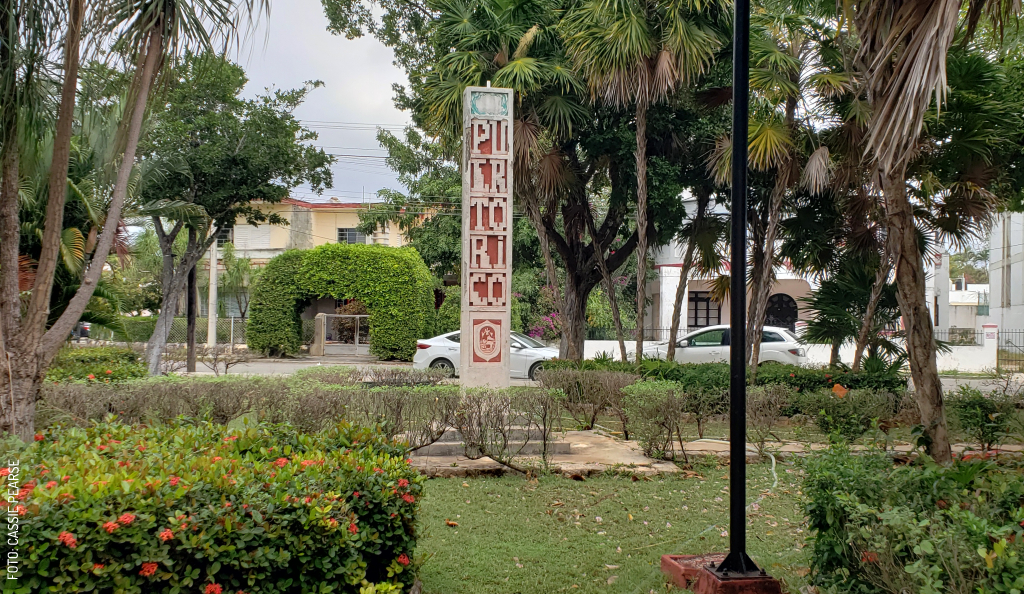
Colonia García Ginerés
One of Mérida’s best known and most visited Colonias (neighborhoods) is, without a doubt, García Ginerés. While today we consider it to be Centro-adjacent, in the early 20th century it was considered to be way too far from the city; as a matter of fact, its main promoter, a Catalonian Spaniard by the name of Joaquín García Ginerés, had previously failed in his efforts to develop the neighboring village of Itzimná as a Mérida suburb. The difference between these two projects was that San Cosme, as the neighborhood was known back then, was on the way to other villages such as Hunucmá, Chuburná, and Caucel, and soon had plenty of amenities to offer, including a silent movie theater and an artificial lake. Soon, San Cosme was inhabited by plenty of families looking for country living. To this day, it’s a very peaceful residential area. Home to longstanding schools, modern hospitals, and small businesses, its limits are defined by the Reforma and Cupules avenues, with Avenida Colón (which leads to Paseo de Montejo) running through it. However, what attracts Meridanos (and visitors) from all over to García Ginerés are two of its parks: Parque de las Américas and Parque de la Ibérica.
Parque y Centro Cultural La Ibérica
Located on Calle 37 x 74, La Ibérica began its life as a hospital in 1918, and served as such for half a century; spanning two hectares, its cutting-edge facilities were the perfect location to recover from any ailment. Since 1998, La Ibérica serves as a state-government-run cultural center that offers a seemingly endless list of activities for seniors, such as Tai Chi, dancing, music, and theater, to name a few. Just researching their full catalog of morning and afternoon activities (and signing up for them) is well worth the visit, but you’ll find that its tree-covered pathways, halls full of history, and a lovely pond where birds hang out definitely sweeten the attraction. Don’t miss out on the details of its imposing masonry archway at the entrance: it boasts, in addition to its name, reliefs of the Mérida and Mexico coats of arms at the sides, with the one for Castilla y León at the center. That’s because the hospital was originally founded by the local chapter of the Sociedad de Beneficencia Española (Spanish Welfare Society).
García Ginerés: Parque de las Américas
Parque de las Américas has been called the most beautiful in Yucatán, and it’s easy to see why. The park and all of its elements are jewels of the Neo-Maya architectural style, in addition to being home to many different spaces and state to all kinds of activities; a children’s park and playground, a library, several fountains and monuments, among other elements, are all housed within the four blocks the park comprises.
At the intersection of Avenida Colón and Calle 20 you’ll be right in the middle of the park. If you look northeast, you’ll see a kindergarten in the middle of a playground with plenty of activities for children of all ages; in the afternoons, you’ll have to watch out for the “traffic” caused by the many bicycles, tricycles, and electric cars available for rent. Northwest, la Concha Acústica (bandshell), an open, public forum where the art-oriented among you can feel like bonafide entertainers, when not in use for an endless number of cultural performances.
To the southeast, you’ll find one of Mérida’s most iconic sights, perhaps only after the monumento a la Patria: the Maya fountain. It’s monumental not only in size, but as an actual homage to some of the most distinctive elements of pre-Hispanic Maya constructions. The most striking, undoubtedly, are the representations of Kukulkán (the feathered serpent), corresponding to the Temple of the Warriors in Chichén Itzá, or, behind them, the stairway at the Temple of the Magician at Uxmal. The most subtle, on the other hand, may be those referencing the traditional Maya houses, which are built with thin, straight sticks laid out vertically.
Finally, to the southwest, there’s the Centro Cultural José Martí, which also offers plenty of activities, many of which are geared towards children’s creative writing abilities. This section also includes monuments to several of Latin America’s founding fathers, and columns commemorating each country in the continent. See how many you can spot!
No park in Yucatán is ever missing at least one food cart where you can find snacks like Marquesitas, Elotes, or hot dogs. Fitting its massive size, Parque de las Américas is practically Mérida’s street food mecca. The variety is truly extensive, and some of the carts are city legends; don’t be surprised if you see lines of 10 to 15 people at some places, while others are relatively quiet. Is there a difference between them? Some say there is, some say there isn’t. You’ll have to check them out yourself and find out.

Author: Alicia Navarrete Alonso
As a kid I heard that there's more to see than can ever be seen and more to do than can ever be done, so I set out to try. I'm passionate about knowledge and I love to share whatever my own is.
Receive the latest articles and much more from the best of Yucatán in your email!
Related articles
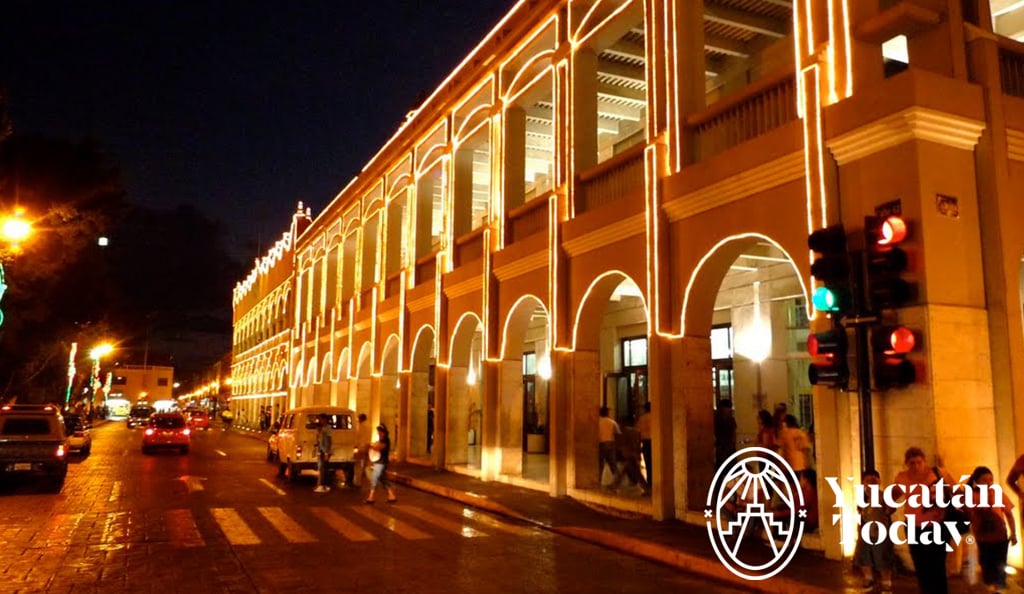
Centro Histórico de Mérida
Explore the rich colonial influence of Mérida's historic center with iconic landmarks like the Palacio de Gobierno and Catedral de San Ildefonso.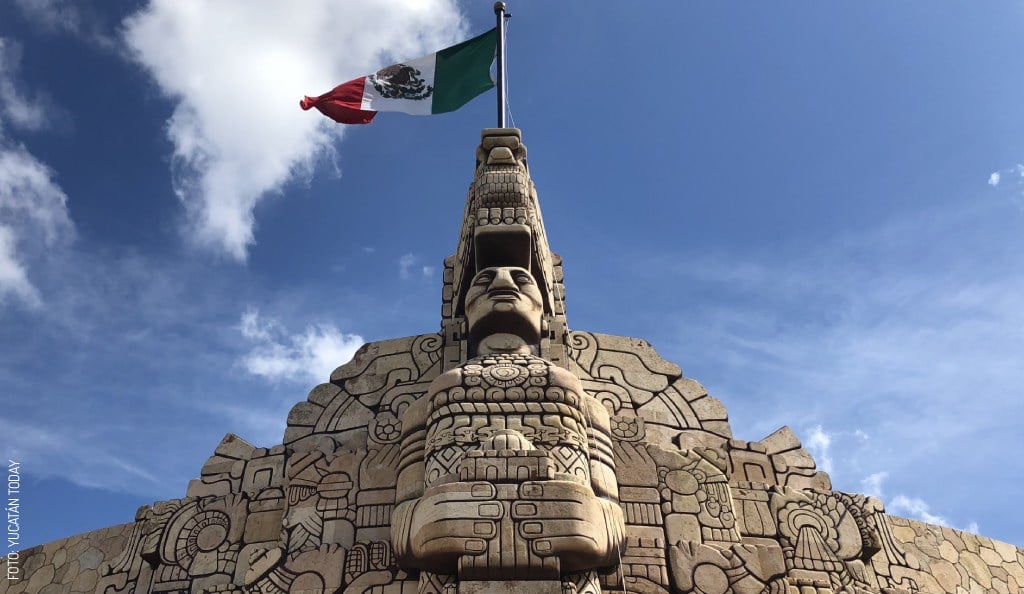
Monumento a la Patria, a Mérida Icon
We couldn’t devote an issue to Mérida without devoting a space to one of its most impressive sights: the Monumento a la Patria (monument to our...